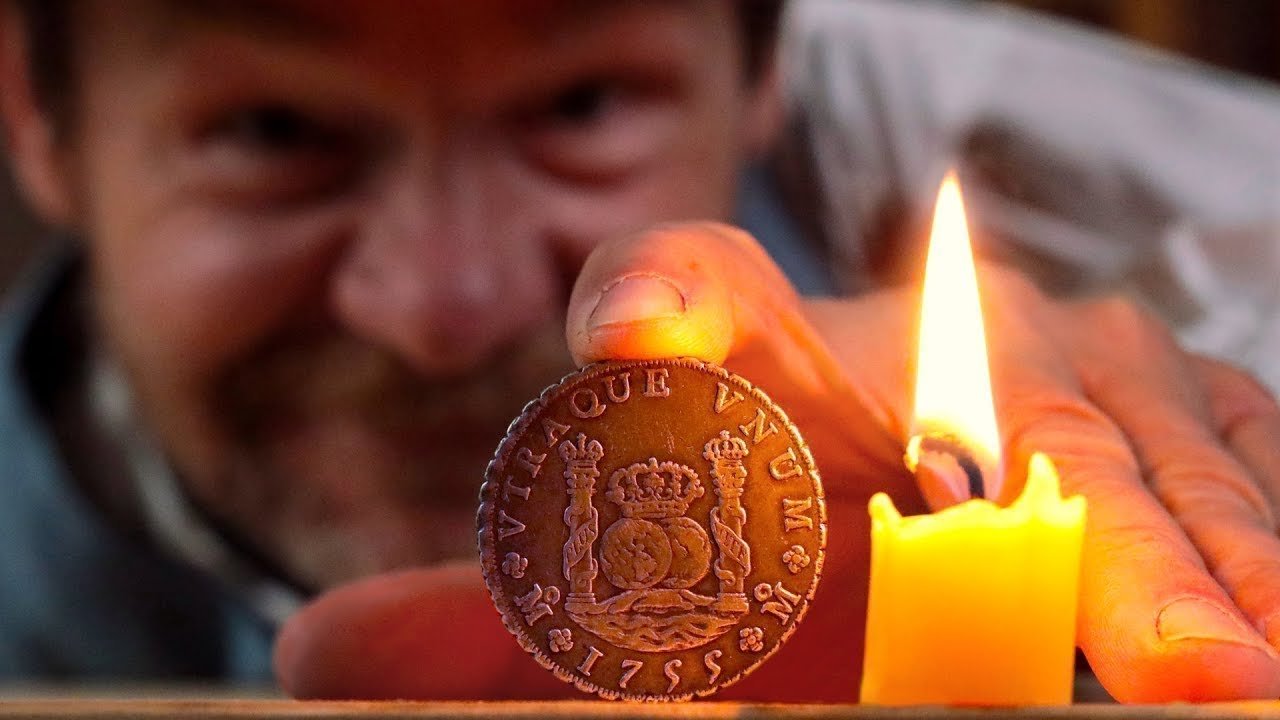In God We Trust If you look closely at any U.S. coin in your pocket, you’ll notice four simple words: “In God We Trust.” The phrase is so common today that many hardly pause to think about it. Yet, the journey of how these words came to be permanently inscribed on America’s coins is both historical and symbolic. It reflects the country’s struggles, values, and identity across different eras.
The Civil War and the Birth of a Motto
The story begins during the Civil War in the 1860s. At a time when the nation was divided, there was a surge of public sentiment calling for a stronger expression of faith in the country’s symbols. Citizens wrote letters urging leaders to acknowledge God on the nation’s coinage.
In 1864, Congress responded by approving the Coinage Act, and for the first time, the motto “In God We Trust” appeared on the two-cent coin. This marked the beginning of what would become a defining element of U.S. money.
Expansion Across Coins
Following its debut, the phrase gradually appeared on more coins. By 1865, Congress authorized its use on a wider range of gold and silver coins. Over the years, as new designs were introduced, the placement of the motto varied, but its presence became increasingly standard.
Interestingly, there were moments when the motto was absent. For example, in the early 1900s, some newly designed coins, such as the famous Saint-Gaudens double eagle, initially left out the phrase. Public criticism, however, quickly led to its restoration. By 1908, laws ensured that “In God We Trust” appeared on nearly every coin in circulation.
Becoming the National Motto
The Cold War era brought new significance to the phrase. In 1956, at the height of ideological rivalry with the Soviet Union, Congress passed legislation declaring “In God We Trust” the official motto of the United States. It symbolized not just faith, but also a cultural contrast with communism, which was often described as atheistic.
The very next year, in 1957, the motto appeared on paper currency for the first time. Why Every U.S. Coin Has From that point forward, it wasn’t only coins but also bills that carried the phrase, making it a truly national symbol.
Still Present in 2025
Fast forward to the present day, and every newly released coin still includes the motto. Whether it’s a circulating quarter, a commemorative dollar, or a modern silver eagle proof coin, the words remain engraved as part of the design.
Even as coinage evolves with new themes, commemorative series, and advanced minting techniques, Why Every U.S. Coin Has the inscription has not changed.Why Every U.S. Coin Has It continues to serve as a link between the nation’s history and its currency today.
Key Timeline of “In God We Trust” on U.S. Currency
| Year | Event |
|---|---|
| 1864 | First appeared on the two-cent coin during the Civil War |
| 1865 | Expanded to gold and silver coins |
| 1907 | Omitted from new designs like the Saint-Gaudens double eagle |
| 1908 | Restored by law to most coins |
| 1956 | Declared the official national motto of the United States |
| 1957 | Appeared on paper currency for the first time |
| 2025 | Still required by law on all U.S. coins and bills |
Final Thoughts
“In God We Trust” is more than just a phrase stamped on coins. Why Every U.S. Coin Has It carries with it a story of national unity, public demand, political decisions, and cultural identity. Why Every U.S. Coin Has From its Civil War origins to its role in Cold War symbolism, the motto has endured for over 160 years.
Every time Americans exchange a coin or bill, they’re holding not just money but also a piece of history—one that reflects the nation’s journey and values across generations.
